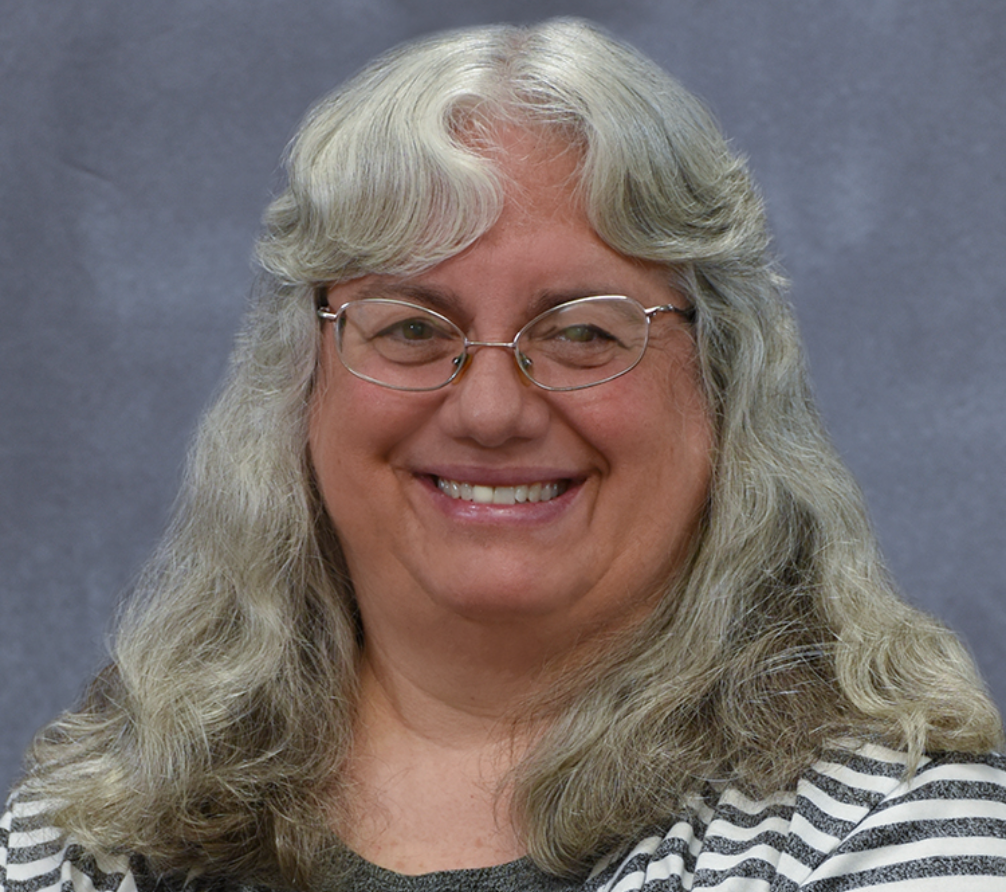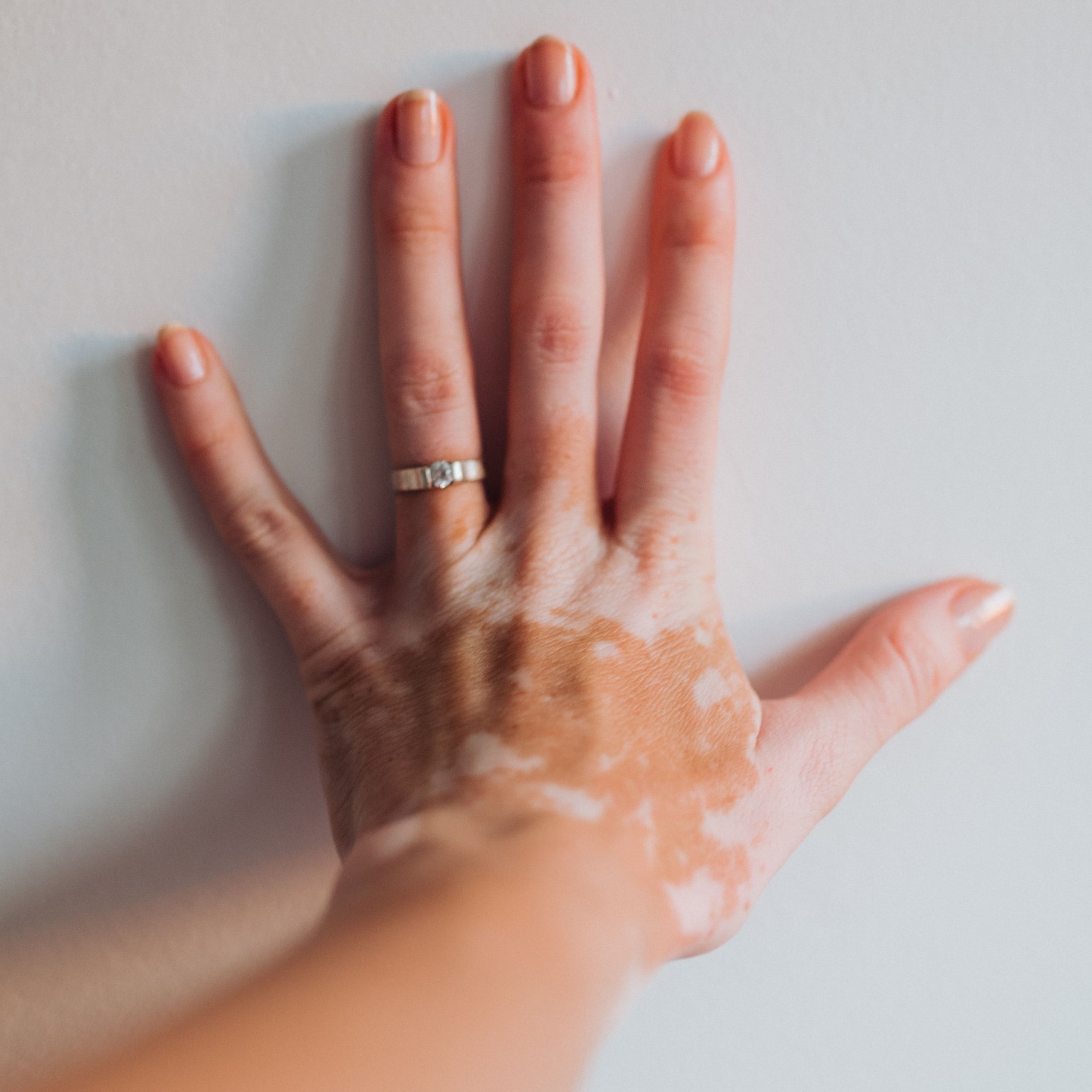Video
Improving UV Safety in Young Adults and Adult Populations
Author(s):
Dr. Craiglow speaks on the public perception of UV safety, how people can best avoid sunburn, and her own personal experience with melanoma and non-melanoma skin cancers.
It’s summer once again, and many Americans have returned to the beaches to swim and lay in the sun. If you’re an avid beachgoer, the sights and sounds are all too familiar; waves crest on the shore, seagulls stutter in the air like paper airplanes, and there’s an overwhelming number of people with sunburn as far as the eye can see.
Sunburn isn’t just an inconvenience, however, as ultraviolet (UV) exposure has been linked to premature aging of the skin and increased risk of cancer.
In an interview with HCPLive, Brittany Craiglow, MD, of Yale School of Medicine,spoke of how the general public has become more diligent about UV safety to avoid sunburn and skin cancer risk, especially for young children.
But this remains an uphill battle for young adults and older Americans.
“I think that especially with children, we're doing a much better job; you go to the beach, and you see lots of kids covered in zinc and wearing rash guards and all that, but I think once kids are out of their parent’s control, that kind of slows down, right?” Craiglow said. “I think there are still a lot of misconceptions about UV damage, (and) about sunscreen. You read people online are saying that sunscreen causes cancer and people are doing tanning challenges on TikTok. So, I think while in many ways we made progress…we still have a way to go.”
Craiglow suggested that the issue with sunscreen isn’t that Americans aren’t using it, but that they aren’t using it properly. The average person requires much more sunscreen than they might think, and reapplication is a must after swimming and sweating.
Her advocation for practical and effective UV safety methods isn’t strictly influenced by her profession; Craiglow herself had dealt with melanoma and non-melanoma skin cancers in the past, which she attributed, in part, to the countless hours she spent in the sun as a teenager while working as a lifeguard.
“So, now I joke, I say I have street cred with my patients, because I can just show them my 4 inch scar on my arm and (show) that it's important to wear sunscreen and say ‘this is why’,” Craiglow said. “It’s easy to have someone telling you that, but when you're young you don't think these things can happen to you. But then they see that and you see their face – ‘oh, wow, this is a real thing. She's not just saying it because it's the right thing to say’. Sunscreen isn't just about wrinkles, we're seeing more melanoma in young people related to tanning, and this is a real thing.”
To hear more from Dr. Craiglow on the protective clothing, why dermatologists prefer sunscreen to sprays, and more, please watch the full video interview above.





